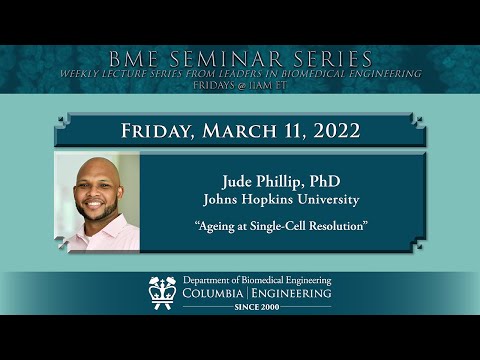Nikolai SlavovNikolai Slavov • Following • FollowingDirector of Parallel Squared Technology Institute & Professor at Northeastern UniversityDirector of Parallel Squared Technology Institute & Professor at Northeastern University35m • 35 minutes ago
What determines protein levels ?
For many proteins, abundance variation is dominated by clearance (degradation & dilution) variation.  Globally, clearance variation across tissues (e.g., brain & pancreas) explains ~ 40 % of protein abundance variation.
Globally, clearance variation across tissues (e.g., brain & pancreas) explains ~ 40 % of protein abundance variation.
To determine the dominant regulatory mechanisms, we quantified the degree of compensation between activated and resting human B cells and across mouse tissues. The results indicate that growth-dependent dilution is insufficiently compensated for by changes in protein synthesis, and it accounts for over a third of the concentration changes between high and low growth conditions. Furthermore, we find that about 25 % of the differences in protein concentration across all tissues are controlled by protein clearance. When comparing only slowly growing tissues such as the brain and pancreas, clearance differences explain as much as 42 %. Within a tissue or cell type, clearance variation is sufficient to account for 50 % of the abundance variation for all measured proteins at slow growth, contrasted with 7 % at fast growth. Thus, our model unifies previous observations with our new results and highlights a context-dependent and larger than previously appreciated contribution of protein degradation in shaping protein variation both across the proteome and across cell states.


 Globally, clearance variation across tissues (e.g., brain & pancreas) explains ~ 40 % of protein abundance variation.
Globally, clearance variation across tissues (e.g., brain & pancreas) explains ~ 40 % of protein abundance variation.